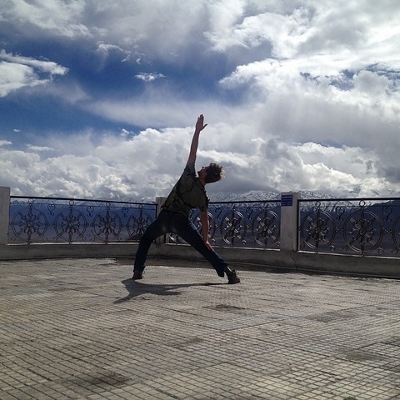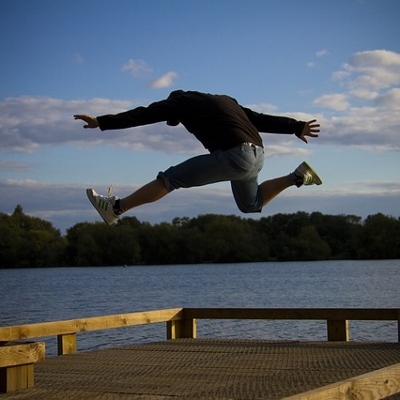 On the off chance you’ve run out of things to do on your beach holiday, or, more realistically, believe you’ve been eating too much, try going for a run on the beach first thing in the morning. Aside from the opportunity to enjoy a sunrise in relative solitude, it’s also a chance to try out actual barefoot running, although it would be prudent to start out slow and keep an eye out for debris.
On the off chance you’ve run out of things to do on your beach holiday, or, more realistically, believe you’ve been eating too much, try going for a run on the beach first thing in the morning. Aside from the opportunity to enjoy a sunrise in relative solitude, it’s also a chance to try out actual barefoot running, although it would be prudent to start out slow and keep an eye out for debris.
Running on sand actually inflicts a lower impact on the joints than hard surfaces do. It is advisable to start out on wet sand as this is usually firmer and flatter, thus presenting none of the abrupt shifts and unevenness you would find with dry sand. It’s gentler on bare feet too. Running on wet sand first is important to help become accustomed to uneven, unstable terrain, which can prevent you from pulling a muscle or spraining an ankle.
Other than giving your joints a respite, running on the beach actually gives you more of a workout. Sand is an extremely yielding surface, so your feet sink in it with each step you take, even when you’re running on wet sand.
This has the effect of forcing you to make more effort to maintain the fluid running form to which you’re accustomed. Thus, you have to work harder to cover the distance, which translates into greater cardiovascular exertion (and a half-decent reason to have two more pancakes at breakfast later).
In addition to making you work harder to move forward, sand also challenges your ability to balance. Putting aside the momentary instability that comes after watching the waves for too long, sand shifts under your feet as you move, presenting another challenge (staying upright) in addition to the extra effort you must put in to move ahead.
A body that is required to maintain its usual posture on an unusual surface is forced to call on resources that are not normally used. This is generally described as “muscles you didn’t even know you had until you had to use them.” The muscles that are typically not used to support posture and balance, even though that’s what they’re there for, are called into play. This results in a workout that requires more exertion and effort, thus making it more effective.





